Fears of another mass fish kill disaster this time at Lake Keepit
Locals are bracing for another mass fish kill - this time at the once thriving Lake Keepit Dam. Scores of dead fish litter the shoreline, with fears the disaster will get worse as water levels drop to just 0.5 per cent. WARNING: DISTRESSING IMAGES
NSW
Don't miss out on the headlines from NSW. Followed categories will be added to My News.
The state government is facing another fish kill disaster, with decades-old Murray cod littering the sunbaked shoreline and hordes of pelicans almost too fat to fly after gorging on carcasses.
The drought-ravaged Lake Keepit, a man-made dam on the Namoi River between Gunnedah and Tamworth, is now at less than 0.5 per cent of capacity, killing fish with a combination of warm water and a lack of oxygen.
The mass fish deaths follow widespread condemnation of water management policies across the Murray-Darling Basin, including the deaths of millions of indigenous species at the important Menindee Lakes in far western NSW and the relocation of Murray cod further downstream.
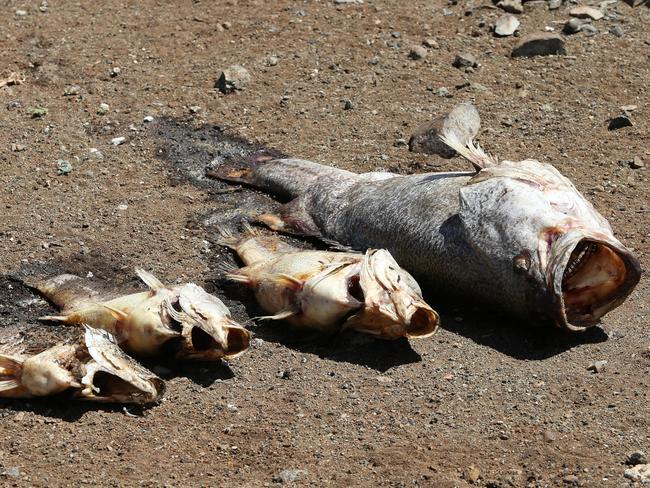
TOURIST PARADISE TURNED TO HELL BY CRIPPLING DROUGHT
DROUGHT-HIT FAMILY THAT CRIES THEMSELVES TO SLEEP
However, water authorities have defended their policies, saying without their action, the system would have run dry thanks to the horrific drought.
As bad as Lake Keepit looks, with claims that long-term fish stocks in the Namoi Valley could be ruined, locals said hundreds of fat-bellied pelicans in the area are masking the true scale of the disaster.
“We believe we are only seeing the big ones because they are the ones the pelicans can’t gobble up, so it doesn’t look as bad as the fish kill out at Menindee,’’ Lake Keepit Family Fishing Club life member Bert Steele said.
A petition, which has called for all waterways to remain above 20 per cent capacity during drought periods and has already attracted thousands of signatures in Gunnedah, also blames water authorities.
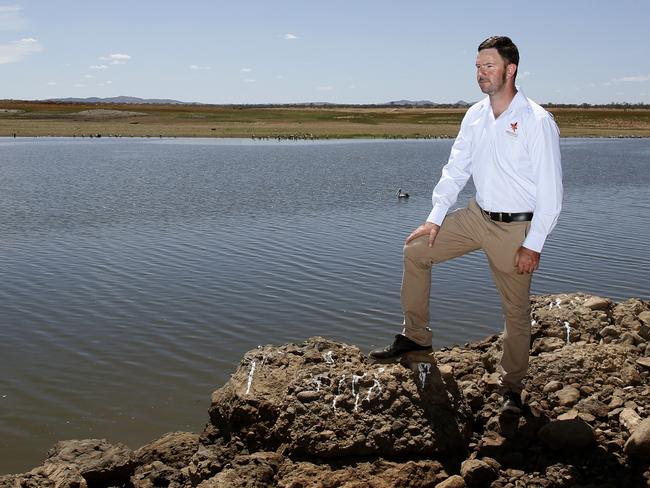
Growing criticism prompted Fisheries NSW to install two aerators near the Lake Keepit Dam wall last month, where most of the remaining fish are now struggling to find enough oxygen to stay alive.
But locals claim the aerators are not being used enough, particularly during the hottest parts of the day when the fish are at most risk.
It has also not stopped the fish deaths.
“These 40-year-old cod survived being fingerlings, they survived all the pelicans and all the shags and all the fishermen only to be killed by a lack of oxygen brought about by water mismanagement,’’ Mr Steele said.
“They survived it all for more than 40 years only to die because someone took their water away.’’

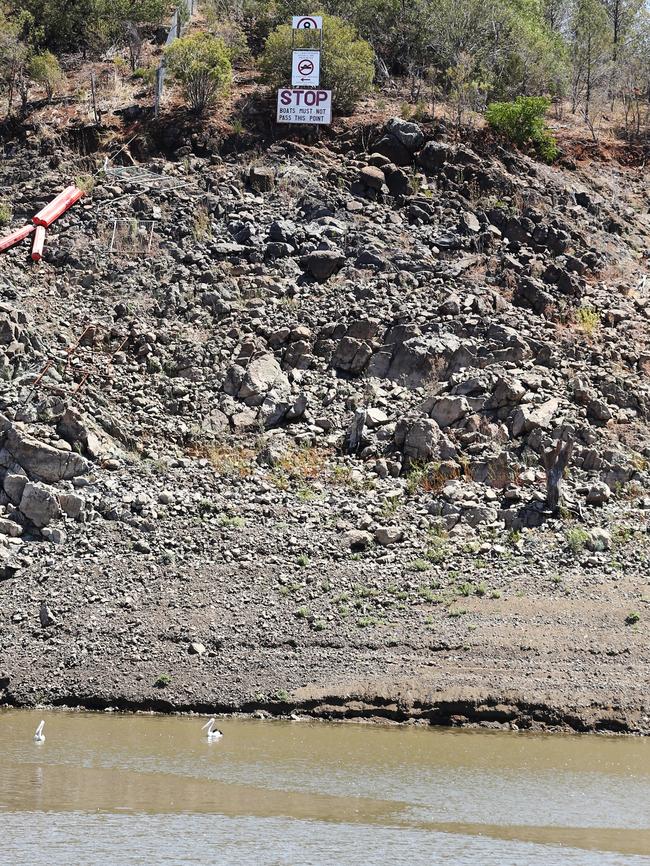
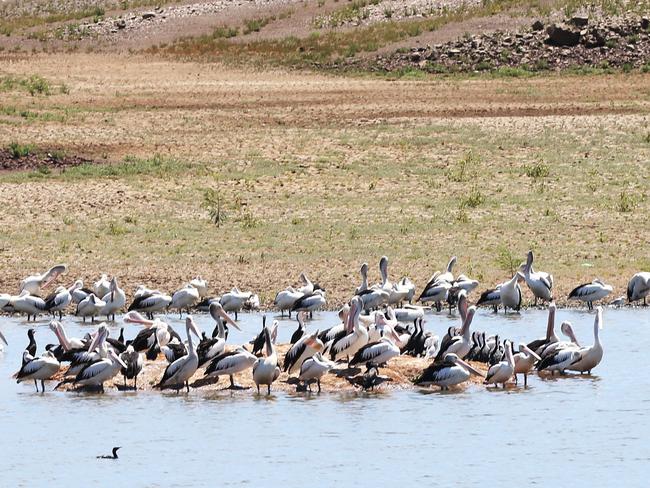
Mr Steele said he had seen Lake Keepit at one per cent capacity in 1994, although the amount of water that remained then was significantly more than what was there this week.
He said the lake would only need to remain at three to five per cent of capacity to allow it to remain viable for fish, as well as providing enough surface area to use as recreation for the thousands that usually flock to the area during the summer holidays.
But WaterNSW’s executive manager of system operations Adrian Langdon said although the levels at Lake Keepit were “unprecedented”, so were the drought conditions.
He said the system would have run dry without WaterNSW’s drought management strategies.
“The Namoi River systems can typically expect an average of approximately 870 gigalitres of annual inflows (according to long-term data) — in 2017/18 Namoi only received 59.6GL of inflows and in the first six months of 2018-19 these rivers received only 11.7GL,’’ Mr Langdon said.
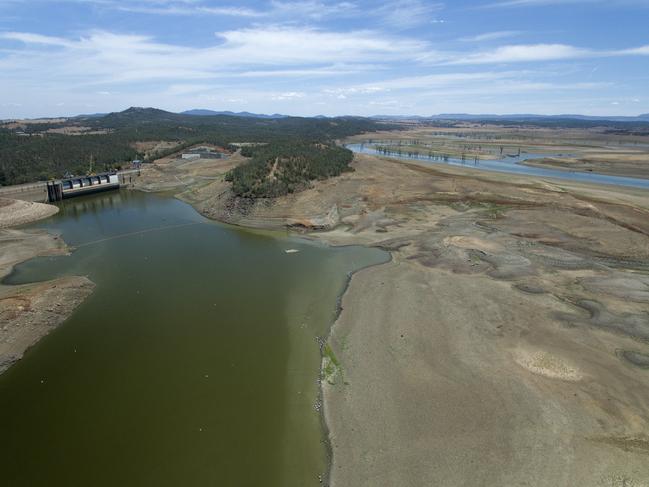
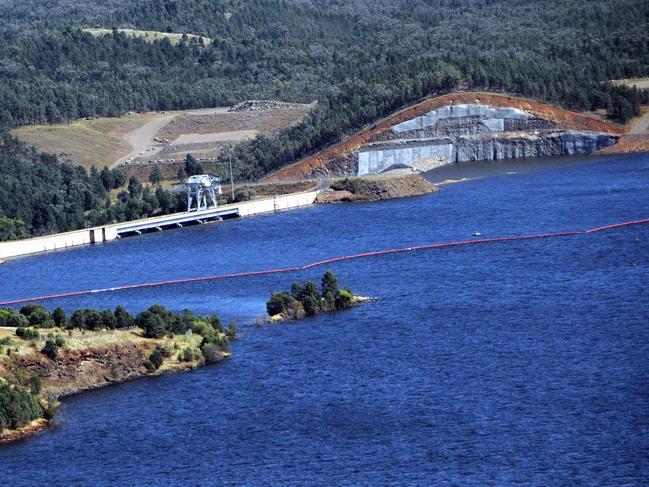
“We have been working closely with water users in the Upper and Lower Namoi to manage supply and our management plan and the co-operation from customers has enabled us to extend supply under arguably the state’s most severe drought conditions.’’
Lake Keepit grounds and maintenance supervisor Nathan Easey said there had not been any significant run-off into the lake for close to two years.
“The park itself is about 2000 acres in total and you have got cabins and camping areas,’’ Mr Eassey said.
“The low water levels have affected us fairly greatly to be honest. I think over the last six months there have been reasonable declines in numbers.
“Now and Easter are our busiest times. Christmas was pretty underwhelming.’’
Originally published as Fears of another mass fish kill disaster this time at Lake Keepit


